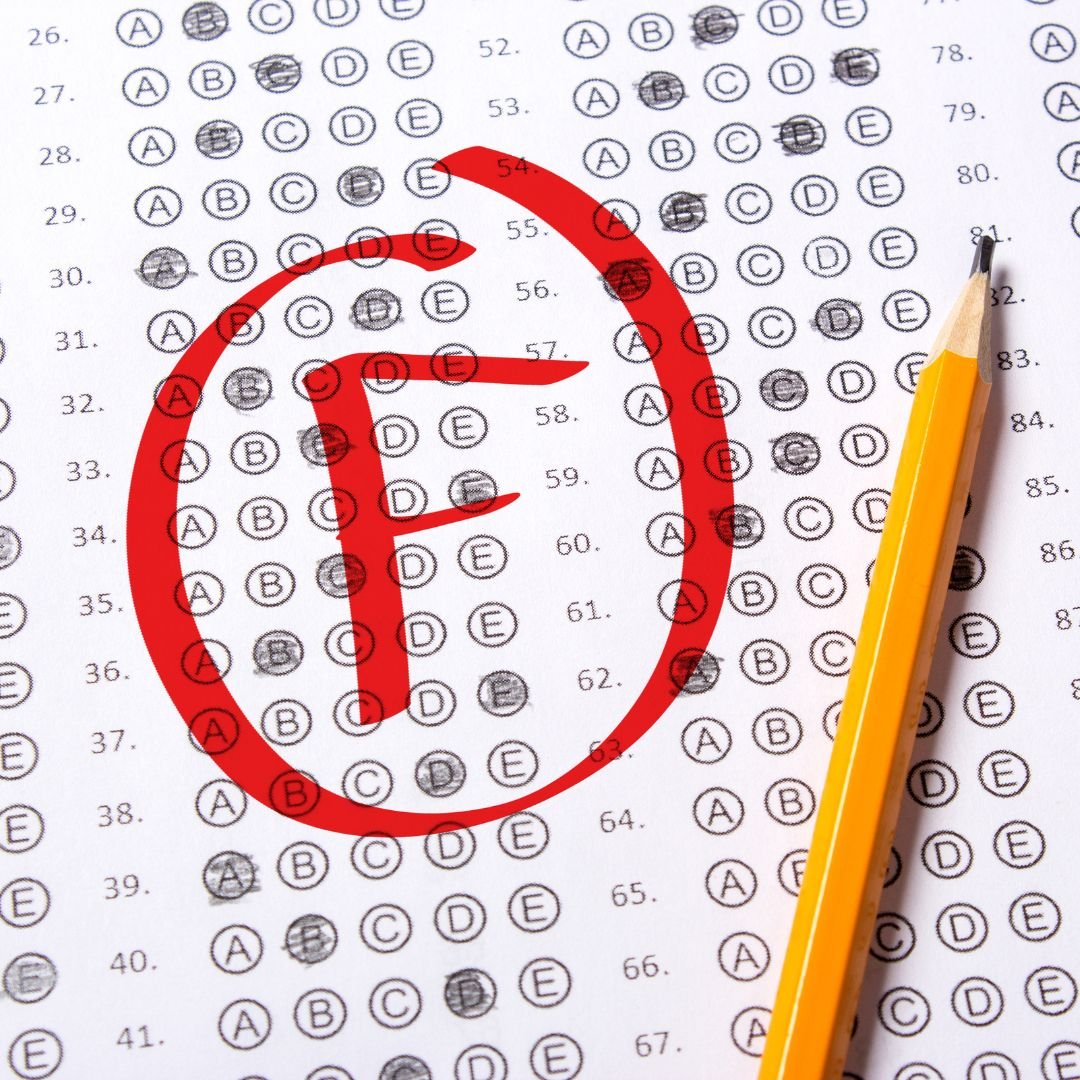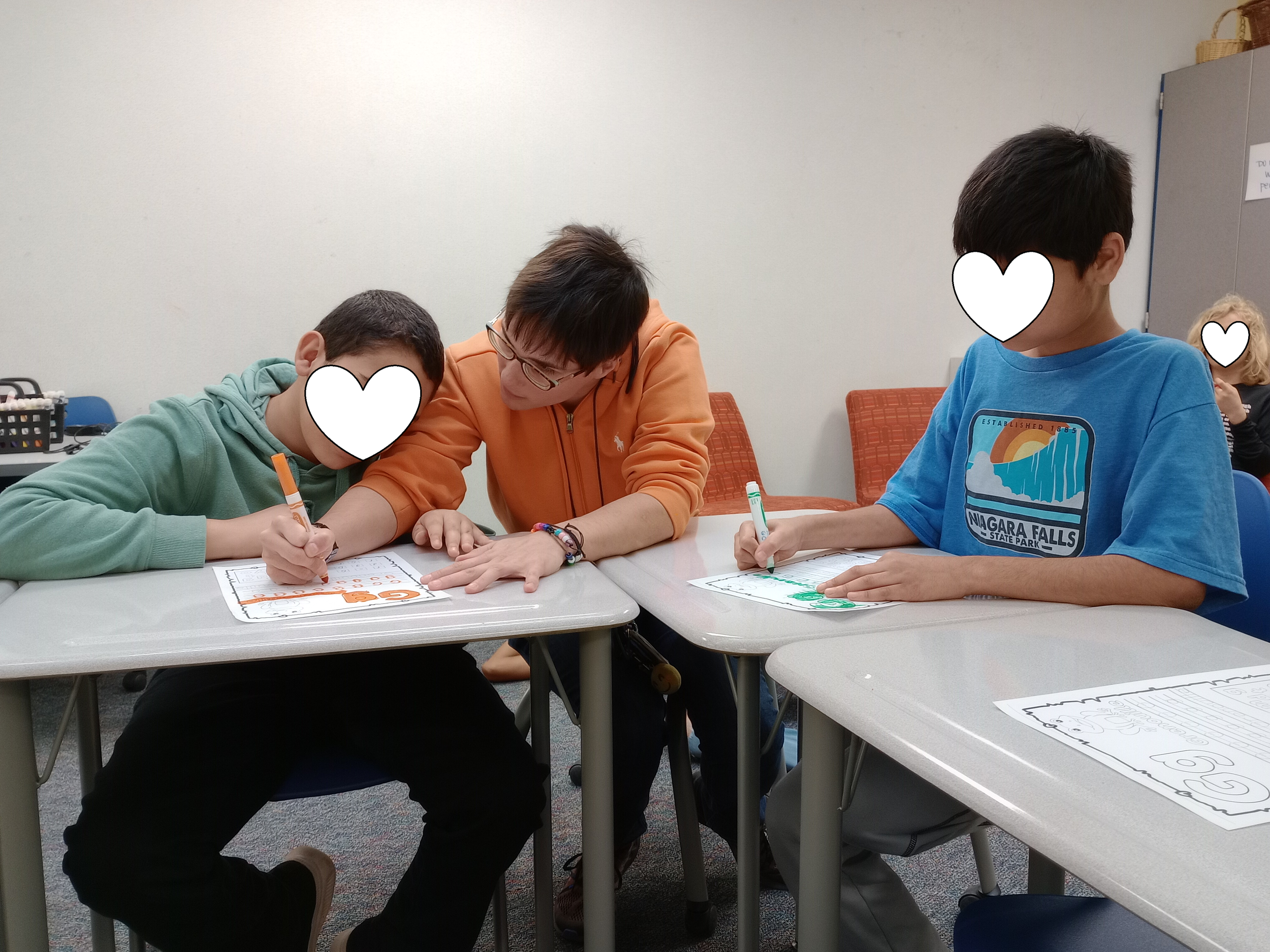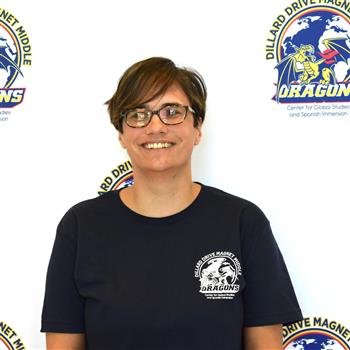How to Work Effectively with Special Needs Students
Tips to help students with learning differences… from someone who’s been there
Mary was a 10-year-old student with a visual impairment. Although she was intelligent and outgoing, she was frustrating to teach. Accommodating her disability was time-consuming. In addition to preferential seating and frequently stopping to ask, “Mary, can you see this?” teachers had to print all her handouts on poster-size paper which required a trip to a special printer in the resource room (Every. Single. Day.) Mary didn’t seem to have one iota of appreciation for her teachers’ efforts. She was frequently off-task, frequently disruptive, and was just an all-around troublemaker. Everyone agreed she was capable, but she would often inexplicably ignore big chunks of assignments. When approached by her teachers Mary was flippant. She refused to advocate for herself. She was one of those frustrating kids who just didn’t care.
One afternoon, Mary’s fifth-grade teacher was reviewing her quiz. Once again, Mary had failed. Once again, her failure seemed intentional - even belligerent. Mary had done half of the quiz questions accurately, and for some inexplicable reason left the other half blank. Fortunately, Mrs. Hawkins noticed a pattern; all of the blank questions were in the furthest right column of the page. Mrs. Hawkins’ attitude softened. Perhaps there was more to this story.
The next morning, Mrs. Hawkins approached her troublesome student with the failed quiz.“Mary, you got all these questions wrong.”
Mary later told me, “I looked at the test. The questions I missed were all on the right side of the paper. I hadn’t even realized there was a column of questions over there. I literally didn’t see them. I wasn’t a great math student, but I always at least tried. So when I saw the test, I was shocked, horrified, and embarrassed.
My teacher said, “No, no, no. Don’t be embarrassed. Now I know the test formatting is hard for you to see. What can I do to help?”
I thought about it. Orange and yellow have always been my favorite colors because they’re easier for me to see. And in that moment I thought, “If it’s bright, I will see it. So I told her, “Maybe if you highlight the question numbers in yellow it would help me see them so I don’t miss anything.” She started doing that, and she also tried to format her tests with one column of questions so I didn’t miss them.”
The experience proved to be a pivotal moment in Mary’s life.
“Imagine if Mrs. Hawkins hadn’t looked deeper. I have would been demoralized, but also she would have missed the opportunity to be a better teacher and help many students. Her patience and wisdom had a huge impact on my life. ”
Color coding became a strategy she was able to use throughout her education. Her dad made spreadsheets with alternating orange & white columns to help Mary line up numbers for place value and decimal points. More importantly, Mary began to learn to advocate more effectively for herself.
In her words, “My initial understanding of self-advocacy was I needed to do the things for myself and not get any special accommodations. I think this stemmed from teachers seeming exasperated when they had to do extra work for me. It took time to learn what self-advocacy really is: letting people know your needs & asking for help”
Today Mary is an instructional assistant for special needs students. In 2023 she was voted IA of the year for my school. She is working toward her teaching license and consistently advocates for students who haven’t yet found their own voice as they navigate their own special needs in the classroom.
Mary’s advice to teachers:
1. Value the whole child.
“Although I was outgoing and sometimes disruptive, that trouble making was a way of deflecting attention from my disability. I was actually very sensitive about my visual impairment and didn’t want any attention brought to it.
I do understand it can be challenging for teachers when you have a bunch of different accommodations in your classroom - but showing impatience to the student creates the struggle of thinking, “I’m in the dumb class” or “Oh, this is a lot of extra work.” It’s really key to let students know you want them to succeed and they’re not a bother.
Do hold kids accountable. But also recognize the behavior might be a coping mechanism.”
2. Develop relationships
“Mrs. Hawkins approached me because she knew I wouldn’t just NOT answer. She knew I would at least try. She knew me well enough to know something was out of character and to ask me about it. When a teacher asks a student, “What’s going on with you today?” - that is so cool to me. It means the teacher is seeing the whole child, so when the student does something out of character, they notice.”
3. Be patient & low key with delivering accommodations
Mary provides patient structure to her students.
“When teachers singled me out or asked, ‘Mary, can you see this?’ - that was really embarrassing and caused a lot of turmoil. So pause before you say something to the kid - think about how it might be received. Even kids who seem very chill or confident might secretly be dying inside when the teacher brings attention to their accommodation.
One great technique is a secret signal. Pull the student aside and tell them, ‘Mary, if there’s ever a time you’re having trouble seeing the board, I want you to lay your pencil in the corner of the desk and I’ll come check with you.’
I had a high school teacher - Mr. Rayer, I still remember. I was really talkative in his class because there was a lot of reading and I had trouble seeing it, so I was trying to figure out what was going on. Mr. Rayer always held a pen while he lectured, and he would gesture with it. And he sometimes walked over and tapped the pen on my desk, and that was my cue that I was talking too much and he wanted to pull me back in. It really helped. It was never punitive. Sometimes he did it with other students too. But I never thought to ask that from other teachers. That would have helped.”
4. Maintain High Standards
“The goal is to help them live in the world with the way they have of interacting with the world.
There’s a difference between being aware of a student's needs and letting them get away with stuff because they have a disability. You can't do that. That’s the worst thing you can do for a disabled kid.”
5. Be creative in looking for out of the box solutions (and partner with the child)
“Ask the student what helps them. In my case, my IEP said I needed huge documents but in actuality, my field of vision is so small that what I really needed was regular-sized paper with big font. Some students need huge font, like 52 point. I need 14-16 point and it’s fine -too big and I can’t focus on it. Some students have sensitivity to light, or difficulty seeing certain colors. I learned that color-coding helped me a lot.
I would try to do the same thing as everyone else, but sometimes I just couldn't. For example, in high school we had open book tests. But - my eyes don’t scan. I have to read every word, so it took me a lot longer. Being allowed to type my own notes and use those instead of having to read the ‘open book’ - that worked for me. I was grateful when teachers worked with me to find these types of solutions.”
6. These solutions are good for a lot of kids
So once a teacher realizes a strategy that works for a student, why not just make it available to everyone? Print 50 of those colored spreadsheets to have on hand whenever they’re needed. Place value is a concept a lot of students struggle with. Tell your class, “Here are the headphones - if you need them, take them. Here are the colored highlighters; everyone can color-code their notes.”
14 point font, sans-serif font (which is easier to read), good color contrast in your design: these are small changes that are easy to make and can benefit every student in your classroom.
Today it’s so easy to provide students with editable documents. That way the student can change the font, colors, background, and size on their own. Tools like voice-to-text and translations make differentiation so much easier! Be thoughtful and creative in providing different forms of media to your students.
Special Teachers and “Normal” Students
Imagine if Mrs. Hawkins had just said, “Oh, she didn’t even try,” marked half of my math test wrong, and tossed it back to me. It would have demoralized me, but also she would have missed the opportunity to be a better teacher and help many students. Her patience and wisdom had a huge impact on my life.
I wanted to be ‘like everyone else’ as a kid. I wanted to be ‘normal’. Later I asked ‘what does that even mean?’. I realized what I really wanted was to just feel accepted and like part of the group. And I think that’s what everyone wants and a very important part of working with special education.
Born three months early and weighing 2.1 pounds, Mary Markovich had an auspicious start to life. She received her first pair of glasses when she was 18 months old, and eye surgery not long after at 2 years old. She had an IEP throughout the entirety of her school career and received a 504 Plan in college. Working through multitudinous challenges has provided her with an unique perspective and strong level of determination to assist kids in meeting their own challenges and providing all students with a positive and effective learning environment that effectively meets their needs with rigor, respect, and compassion.





